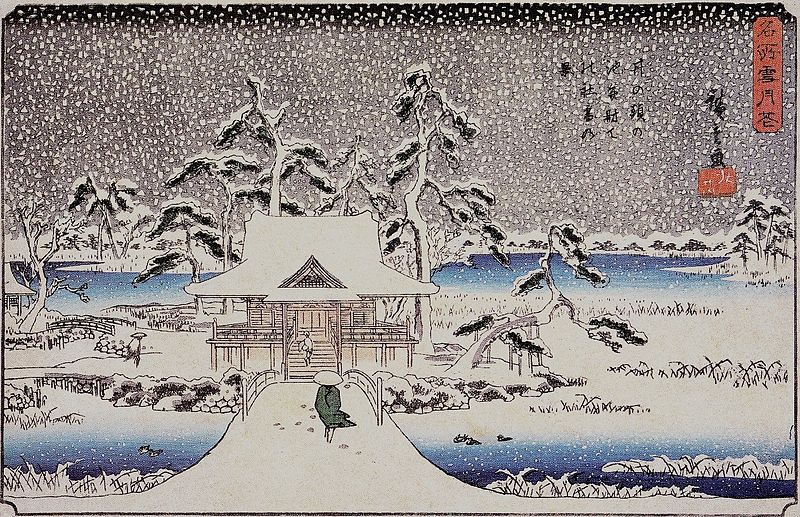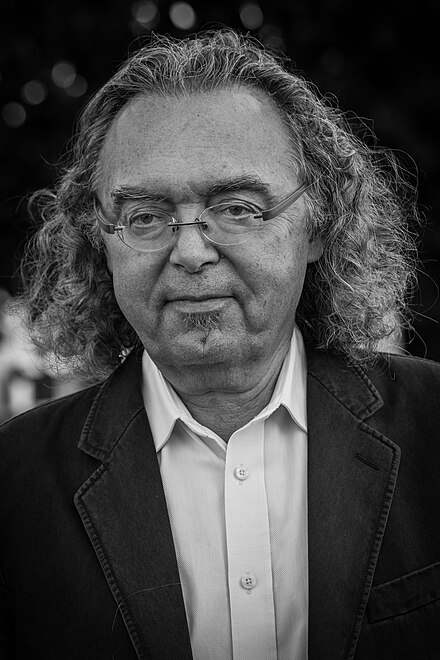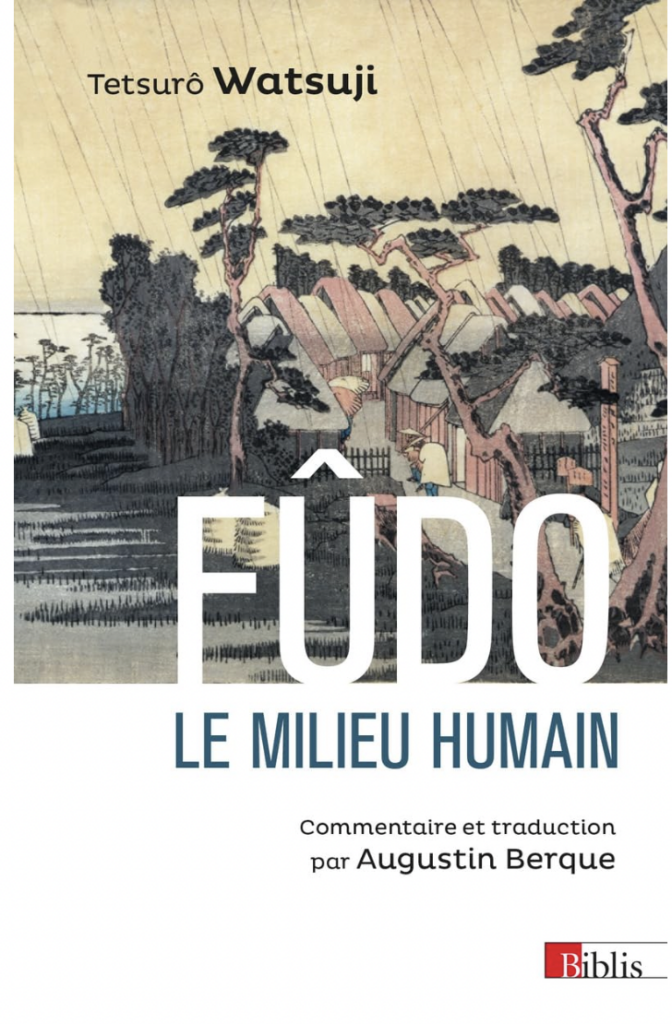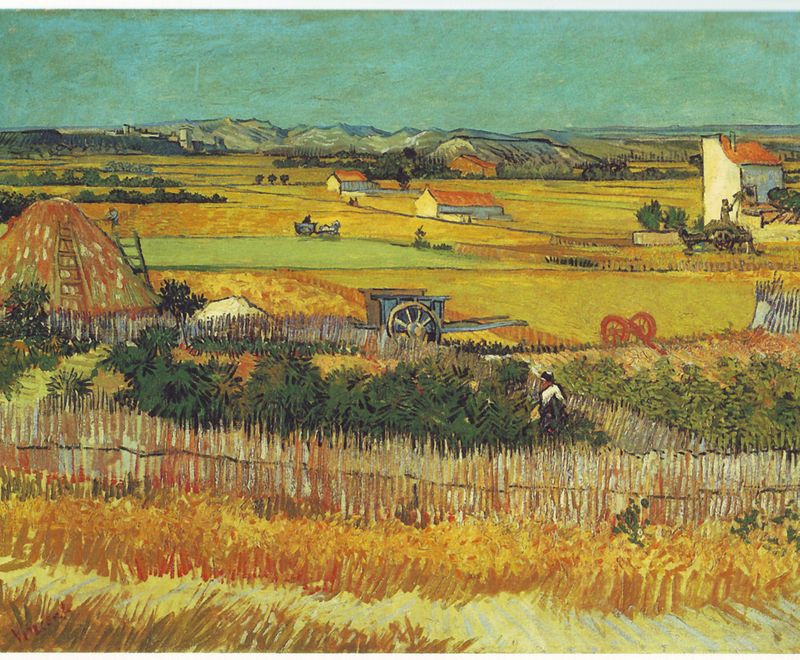
“It is indeed as a geographer that I chose to render the Japanese fudo by the French milieu” (Augustin Berque).
In 1927, Watsuji Tetsuro was nearly forty, and already the author of several books, when he traveled to Europe, primarily Germany and Italy. While visiting Germany he read Heidegger’s recently published Being and Time as he was interested in the new phenomenological approach he had used. Watsuji started reading Heidegger’s magnum opus at a time when memories of his long voyage through China, India, Arabia, Egypt and the Mediterranean were still fresh in his mind. Berque says that it is in the context of this encounter with other ways of being human that Fudo’s main idea took shape: existence is not only shaped by time, it is also, and just as much, shaped by space. This was one dimension that Heidegger, who had focused on time, had neglected.

Fudo was a great success, but, Berque contends, it rested on a misunderstanding, two misunderstandings in fact. On one hand, because one of the examples used by Watsuji to illustrate his new phenomenological approach was Japan, classified as a monsoon “milieu,” the book was used by proponents of the “Japanese exception,” to support their argument that Japanese culture was absolutely unique when compared to Western models. Beyond this, and more significantly, most readers of Fudo have understood it in terms of deterministic causality between climate and culture, even though, in the very first lines of the preamble, Watsuji was careful to dismiss this interpretation. This issue, that should have acted as a warning to Geoffrey Bownas, the original English translator of Fudo, who, according to Berque, had lapsed into such a deterministic bias, is aggravated by the fact that the book itself does slip into such an interpretation in the concrete examples it provides to illustrate the theory. Though Berque comes across as the most critical of the scholars we have quoted with regard to this book, he is also the man who studied Fudo in the most depth, and used it as the foundation of his lifelong study of “milieus” he refers to as “mesology.”
The issue of translation – Fudo is not “climate” but “milieu humain”

In more ways than one, Fudo has turned out to be a challenge to whoever has attempted its translation. The title itself is by and large untranslatable, at least in a Western language. According to Berque, Bownas had no qualms with its translation of Fudo as “climate” because he saw the text as a mere instantiation of determinism, nothing new in a Western context. Berque says that the 1992 German translation – Fudo. Der Zusammenbhang zwischen Klima und Kultur – is of better quality but “still vague on the essentials.” A need was felt to keep the Japanese word, which Berque did in the title of his French translation. In a note, Berque explains that the Japanese language uses a different word for climate (kiko) and climatology (kikogaku). Kiko refers to the geographical phenomenon, fudo refers to how the geographical phenomenon is interpreted in human existence inasmuch as the latter is subjective. The book focuses on what Berque calls the human “entrelien” (interlink), the inter-relationship between geographical phenomena and the way they are experienced by us. So, what Watsuji is talking about is not the natural environment (shizen kankyo), but the human subjective function (shutaisei), though it is also true that Watsuji is emphasising climatic phenomena.
In fact, it is not just the word fudo that has been challenging for translators. Fudosei, obviously a derivative of fudo, has been just as much of a challenge. Fudosei is defined in the first sentence of the preamble as follows: “What this book aims to do is to elucidate fudosei as a structural moment of human existence.” The two main issues have been the translation of the concept of fudosei and that of its definition contained in the Japanese ningen sonzai no kozo keiki. On one hand, Bownas translated fudosei as “the function of climate” and the German translator as “das Klimatische.” On the other, Bownas defines it as “a factor within the structure of human existence,” and the German translator as “die Struktur des menschlichen Daseins.” Keiki (moment) is not translated in the German translation even though this is the word used in Japanese to translate Hegel’s Moment, which refers to the “power to move.”
Berque takes this first sentence as the most abtruse of the whole book but believes that the rest of the book does clarify it a posteriori: fudo as a whole focuses on the concept of fudosei, and builds around this term “a conceptual construct” which is of great coherence. But neither of the two translations abides by this coherence. In each, three different words or phases are used to translate fudosei. Also, since fudosei with its suffix “sei” (equivalent to the English “ness”) is synonymous with fudo, just as historicity is synonymous with history, one could think that the other derivatives Watsuji uses – fudoteki (relative to fudo), fudotekini (in a way relative to fudo) as well as fudoron (fudo-logy) and fudogaku (science or study of fudo), would be translated by related equivalent words in the two translations. So one can imagine the repercussion of such fluctuations in the terminology in the two translations.
A Spanish translation published in 1973, but reissued in 2006, also uses the terms “elemento estructural” and failed to grasp the centrality of Watsuji’s concept of (structural) “moment.” In fact, even the Chinese translation, which uses the same ideographs as the Japanese original, also falls into the trap of a deterministic interpretation. For a Chinese reader, the term fengtu, as a translation of fudo does not go further than the geographical phenomenon.
At another level, one needs to have trained as a geographer to properly appreciate Fudo, because the question of determinism has been for a long time at the centre of discussions in this discipline. It is as a geographer that Berque opted to translate the Japanese fudo by the French “milieu.” Watsuji’s definitions of fudo match the words used by Vidal de la Blache and his followers in the French school of geography. The phenomenological and ontological dimensions of the term are, however, absent in the traditional use of the word “milieu” found in geography. This is why no concept existed in the French language that would be equivalent to fudosei. So Berque decided to coin a neologism – médiance – from the Latin root “med.” The word médiété had already existed since the Renaissance, but, to avoid any confusion, he chose a new word that could be used on the first line of the book, just as Watsuji had used the word fudosei defined as “the structural moment of human existence.” This structural moment includes three meanings: 1. material orientation in space and time; 2. embodied feeling and perception; 3. meaning for the mind.
A full terminology could be derived from both the Latin med- and its Greek equivalent meso-: médial, (relative to the milieu), médialement, mésologie, mésologique … Note that, in English, there is already a “medial” meaning “middle” rather than “milieu.” The English word mesology refers to a word coined by Charles-Philipppe Robin in 1848 to mean “social ecology.” Berque feels that there would be no point in merging the two meanings in his own “mésologie.” It, however, looks like when the word “mesology” is used in English on the internet, it may refer to Robin’s earlier use, rather than Berque’s new meaning, or even come up as a blend of the two, in spite of Berque’s explicit rejection of Robin’s meaning!
Source:
Augustin Berque – Fudo, Le Milieu Humain (my text is a summary of Berque’s introduction in my own translation)

